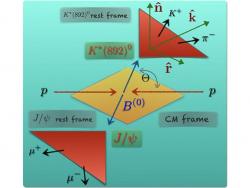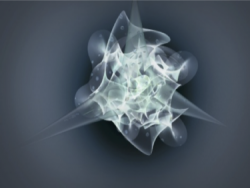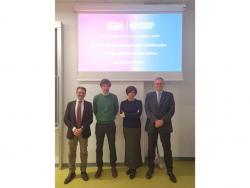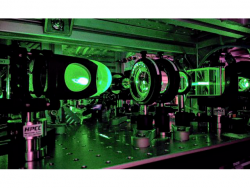- Home
- Department
- Research
- Teaching
- Post Graduate Studies
- Knowledge Transfer
- How To
Theory and Simulation of Quantum Materials
The properties and the very existence of all materials can be understood in terms of the fundamentals laws of quantum mechanics, but there is a certain class of systems that have been progressively grouped under the umbrella of “quantum materials”. They include a variety of rather different materials, ranging from high-temperature superconductors, strongly-correlated systems to topological insulators, to Dirac materials and to the large set of Van der Waals materials.
What all quantum materials share is the presence of emergent phenomena that are responsible for their rather exotic behaviour, posing fascinating scientific questions that deal with the foundations of condensed-matter physics and materials science, such as the existence of emergent particles end excitations like Dirac, Weyl and Majorana fermions.
The scientific progress in the field of quantum materials can also contribute substantially to disruptive changes in modern technology, a prominent example being the rise of quantum computing. A compelling case is the proposal of using 2D topological insulators (a.k.a. quantum spin Hall insulators or QSHIs) as a platform for low-dissipation electronics. In these materials, while the bulk region remains always insulating, the edge regions are metallic and can host robust dissipation-less electronic transport—even in the presence of rather strong disorder (e.g. impurities or defects)—being protected by the non-trivial topology of the bulk electronic wavefunction. In addition, such 1D edge transport can be switched on/off through an external electric field and its spin–momentum locking makes it very promising for spintronics functions such as spin-current generators and charge-to-spin convertors.

Maximally-localised Wannier functions of bulk jacutingaite (Pt2HgSe3), a dual topological insulator where a non-trivial weak Z2 invariant coexist with a mirror Chern number. Topologically-protected helical edge states flowing around the sample are represented with blue and red arrows.
We leverage cutting-edge electronic structure simulations techniques to study, and possibly discover, novel quantum materials for spintronics and topological quantum computing applications, with a focus on topological insulators and 2D materials. Our portfolio of computationl tools range from density-functional theory and many-body perturbation theory (GW) to Wannier functions, ab initio molecular dynamics and machine learning, powered by heavy use of high-performance computing (HPC) infrastructures. In addition to complex first-principles studies, we develop new theories and methods to investigate geometrical aspects of the electronic structures, such as topological invariants.
Info
Last update: 04-08-2024 - 20:50









